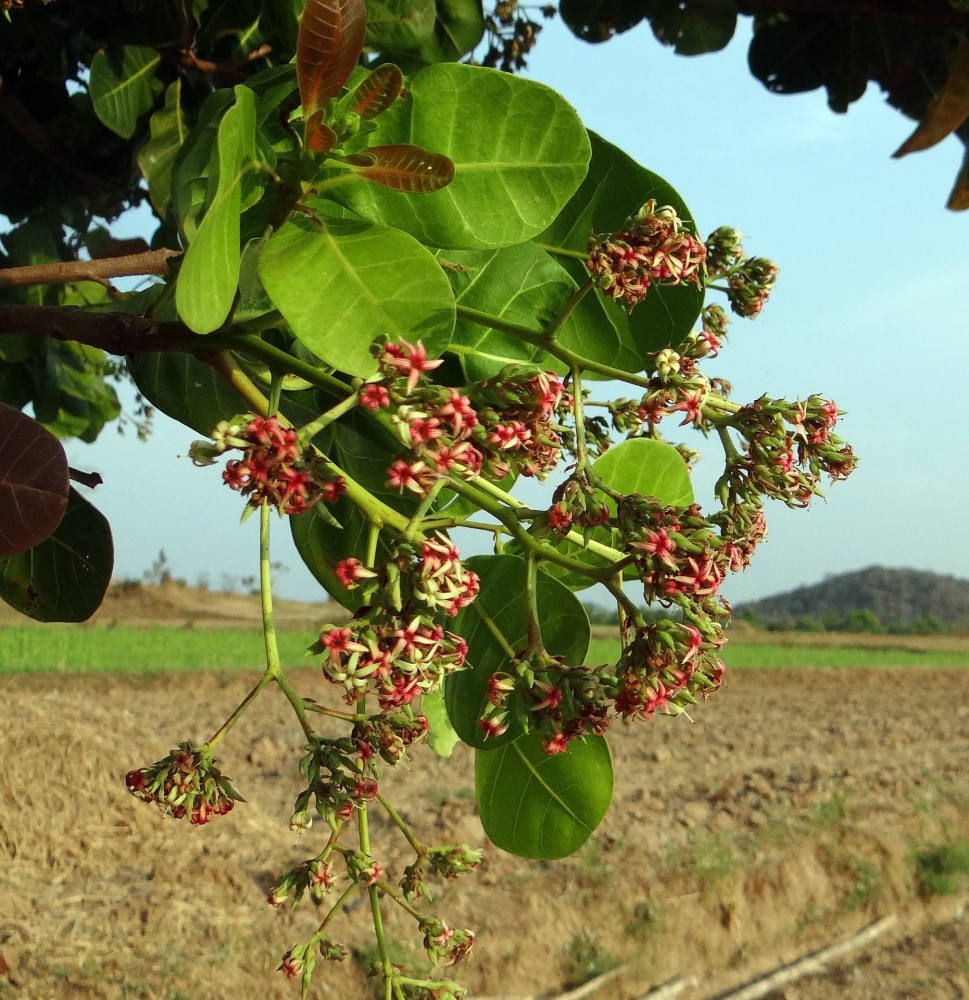
At high latitudes and high altitudes, however, they may all profit from increasing minimum temperatures. The study reveals that climate change adaptation will be necessary in most major producing regions of all three crops. For both cashew and avocado, areas suitable for cultivation are expected to expand globally while in most main producing countries, the areas of highest suitability may decrease. Coffee proved to be most vulnerable, with negative climate impacts dominating in all main producing regions. We found shifts in suitable growing regions due to climate change with both regions of future expansion and contraction for all crops investigated. For all three crops, climatic factors, mainly long dry seasons, mean temperatures (high and low), low minimum temperatures and annual precipitation (high and low), were more restrictive for the global extent of suitable growing regions than land and soil parameters, which were primarily low soil pH, unfavourable soil texture and steep slopes.

We used climate outputs of 14 global circulation models based on three emission scenarios to model the future (2050) climate change impacts on the crops both globally and in the main producing countries. In this study, we modelled the current and future suitability of coffee arabica, cashew and avocado on a global scale based on climatic and soil requirements of the three crops. The evaluation of climate change impacts on their biophysical suitability is therefore essential for developing adaptation measures and selecting appropriate varieties or crops. As plantation crops with a long lifespan, their cultivation requires long-term planning.

Coffee, cashew and avocado are of high socio-economic importance in many tropical smallholder farming systems around the globe.


 0 kommentar(er)
0 kommentar(er)
